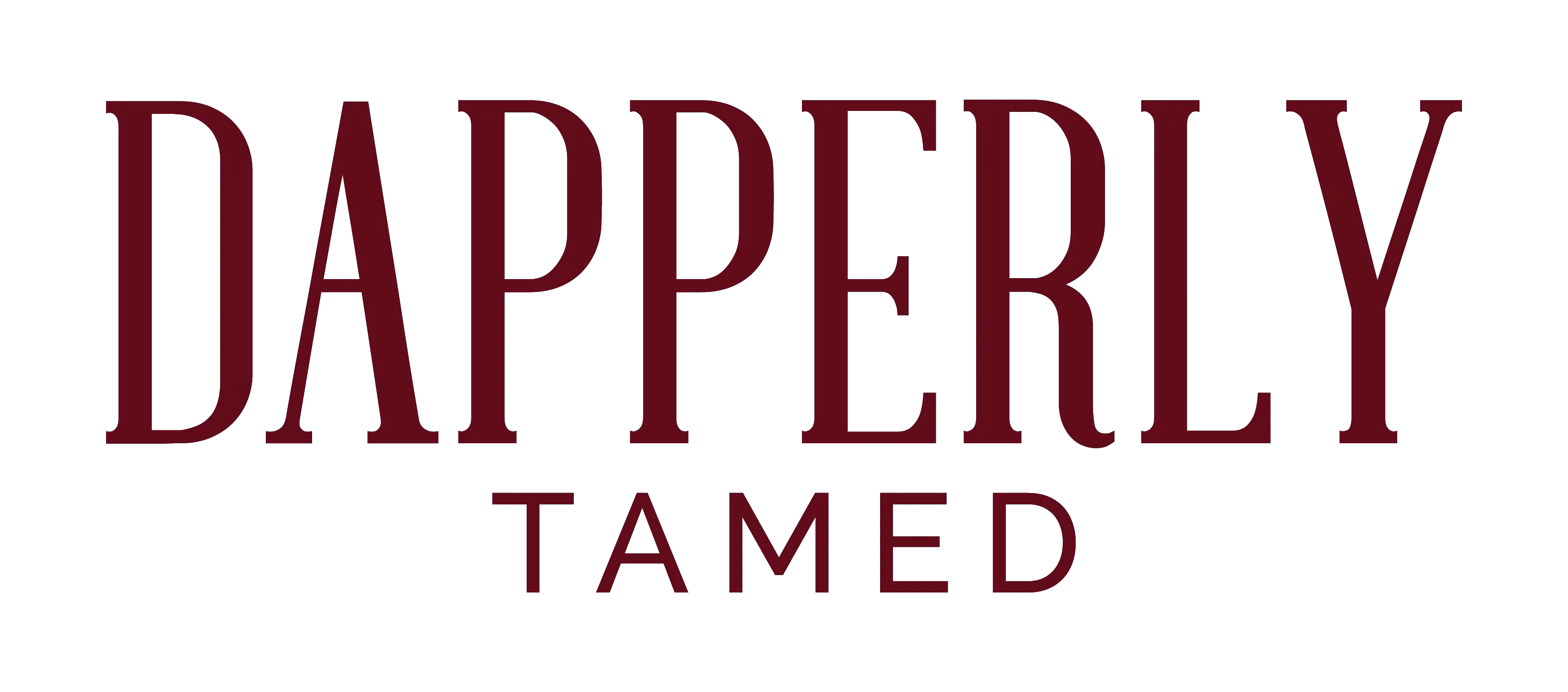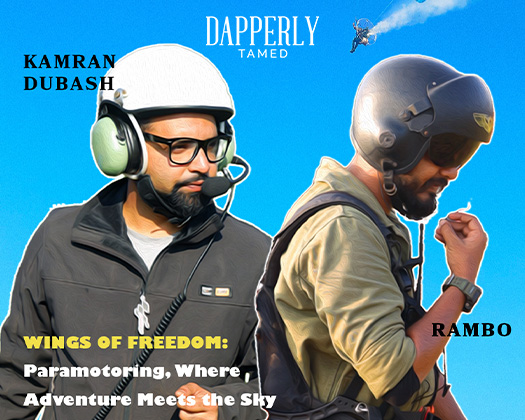Art & A.I.: Exploring the Symbiotic Relationship Between Technology and Creativity
With technological advancements, the intersection of art and artificial intelligence has emerged as a fascinating and dynamic domain. The blog aims to delve into the symbiotic relationship between technology and creativity, unraveling the intricate threads that bind the artistic realm with the capabilities of artificial intelligence.
The Genesis of Creativity in the Digital Age
In the contemporary digital age, where the pulse of innovation beats with relentless vigor, the genesis of creativity is experiencing a transformative renaissance. Traditional notions of artistic expression are undergoing a metamorphosis, shaped by the dynamic interplay between human ingenuity and the capabilities of artificial intelligence.
Once tethered to the constraints of physical media, artists now find themselves on the frontier of a digital canvas where algorithms and neural networks power the brushstrokes of creativity. The canvas has expanded exponentially, inviting creators to explore realms previously unimaginable. The fusion of human creativity with the limitless possibilities of technology has given rise to an era where imagination knows no bounds.
AI as a Muse
Artificial intelligence is a unique muse for creative minds seeking inspiration in the vast landscape of possibilities. Gone are the days when artists relied solely on introspection and external stimuli for creative sparks. Today, they collaborate with algorithms that transcend the conventional boundaries of artistic inspiration.
The synergy between the artist and the machine is not a mere juxtaposition but a harmonious blend that enriches the creative process. Algorithms, with their analytical prowess, sift through troves of data, recognizing patterns and generating ideas that serve as the foundation for artistic endeavors. Yet, the human touch, intuition, and emotional depth elevate these generated ideas into masterpieces of creativity.
The artist may input a few parameters or ideas into an algorithm and witness the generation of diverse concepts that spark new avenues for exploration. It is a collaborative dance where technology augments human imagination, leading to a synthesis that transcends individual capabilities.
The Dance of Algorithms and Imagination
The intricate dance between algorithms and human imagination lies at the heart of this symbiotic relationship. A dance that is not choreographed but emerges organically as technology and creativity engage in a nuanced tango.
Driven by computational precision, algorithms can analyze vast datasets and identify subtle nuances that may elude human perception. This analytical prowess becomes the palette from which artists draw, infusing their creations with a depth that transcends mere aesthetics. The machine's ability to discern intricate patterns and process information at speeds beyond human capacity complements the artist's intuitive grasp of emotion and narrative.
Through the lens of an algorithm, the artist can analyze urban planning data, architectural styles, and societal trends. The algorithm, in turn, generates visual representations that serve as a springboard for the artist's creativity. The result is a fusion of data-driven insights and artistic interpretation, offering a nuanced perspective on the evolving nature of urban landscapes.
However, the human imagination breathes life into this analytical canvas. Artists impart emotion, context, and subjective interpretation, creating a fusion beyond algorithms' binary realm. The result is a collaboration that weaves the logical and the intuitive, the structured and the abstract.
Power of Generative Art
Generative art stands as a testament to the transformative power of this symbiosis. In this burgeoning field, artists relinquish some control, allowing algorithms to generate art autonomously. The outcome is a mesmerizing amalgamation of human intent and machine execution, blurring the lines between creator and creation.
Generative algorithms powered by machine learning can create intricate patterns, surreal landscapes, and abstract forms that challenge traditional notions of artistic authorship. The artist becomes a curator of possibilities, guiding the algorithmic creation process while embracing the unpredictability that arises.
Exploring generative art, where an artist collaborates with an algorithm to create a series of dynamic visual compositions. The artist establishes the parameters, perhaps influenced by themes of chaos and order, and witnesses the algorithm's iterative generation of unique artworks. Each piece becomes a testament to the evolving interplay between human intent and machine creativity.
The approach to generative art challenges established norms and opens new avenues for artistic expression. It prompts a reevaluation of the artist's role, from a sole creator to a co-creator in partnership with artificial intelligence. The resulting artworks become a dialogue between human intention and the inherent unpredictability of algorithms.
Ethical Considerations
An artist collaborates with an algorithm to create a piece and explores societal dynamics. The algorithm, trained on historical data, inadvertently incorporates biases in the information it processes. This raises ethical considerations regarding the responsibility of the artist and the technology involved.
Ethical considerations also come to the forefront. As algorithms learn from vast datasets, they may inadvertently perpetuate biases in the data. It becomes imperative to scrutinize the output for unintended consequences, ensuring that the collaboration between art and A.I. fosters inclusivity and avoids reinforcing societal prejudices. The algorithm, however, unintentionally amplifies existing biases, leading to underrepresentation or misrepresentation of certain groups. This underscores the ethical imperative for artists and technologists to engage in ongoing dialogues, critically assessing the impact of their collaborative efforts on societal narratives.
Conclusion
The symbiotic relationship between art and artificial intelligence is a testament to the boundless possibilities that emerge when creativity and technology converge. As we navigate this uncharted territory, artists and technologists alike have the opportunity to redefine the future of expression and innovation.
The dance between human imagination and machine capabilities paints a compelling portrait of a future where the boundaries between creator and creation continue to blur, opening doors to new realms of artistic exploration. In this era of unprecedented collaboration, the fusion of art and A.I. heralds a renaissance where the canvas of creativity knows no bounds, inviting creators to embark on a journey of limitless possibilities.
As technology becomes an integral part of the creative process, artists find themselves at the forefront of innovation, navigating a landscape where the traditional distinctions between mediums and methods dissolve. The innovation potential, the challenges of ethical considerations, and the ever-expanding canvas of possibilities await those willing to embrace the symbiotic relationship between art and artificial intelligence. The journey is one of continuous exploration, where each brushstroke and algorithmic iteration contributes to the unfolding creativity in the digital age.









